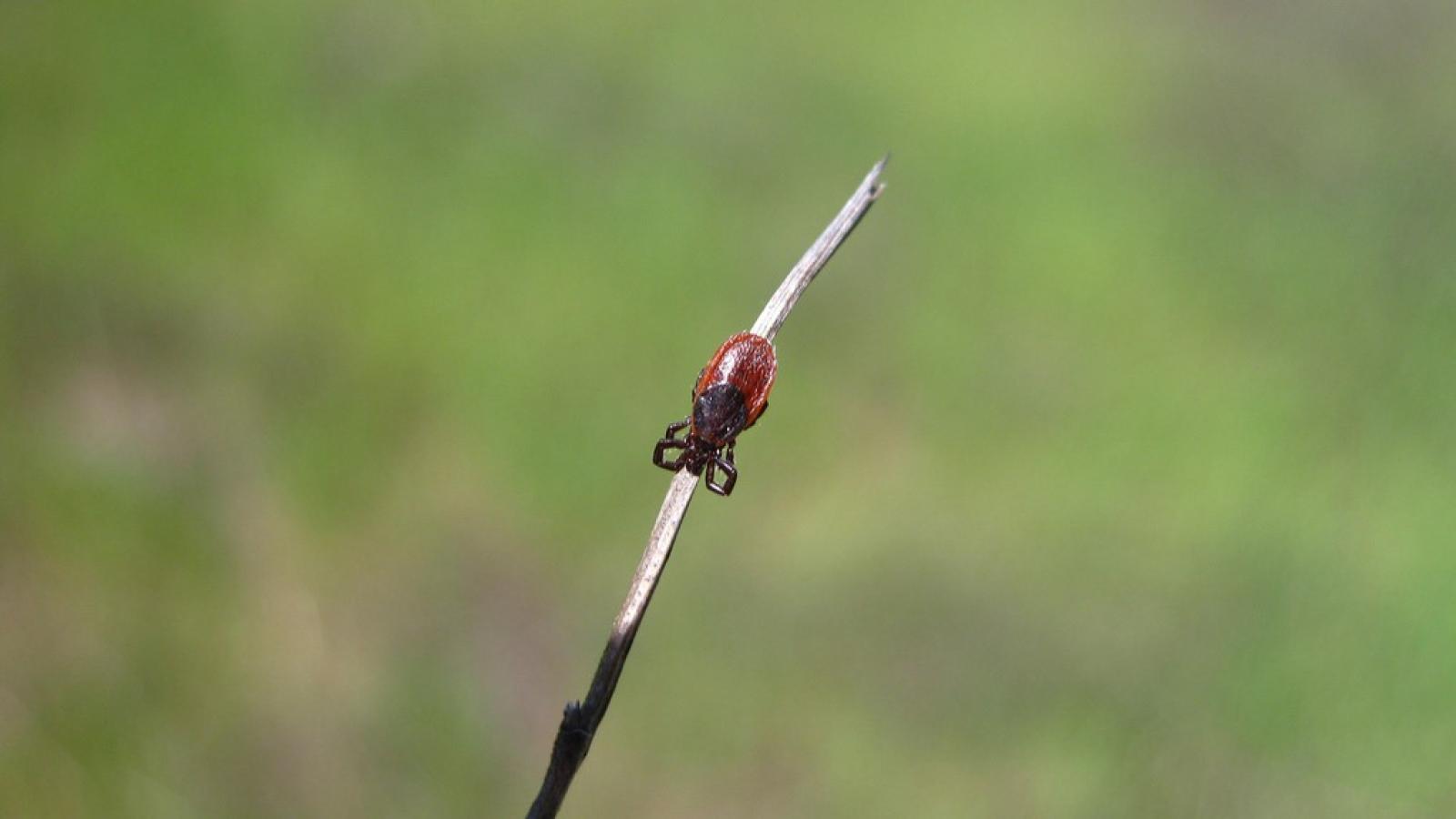After a visit to a preserve, it is important to check yourself, your children, your pets, and your gear carefully for ticks. On the West Coast, the Western black-legged tick (Ixodes pacificus) is the primary carrier of the Lyme disease-causing bacterium Borrelia burgdorferi, as well as other harmful bacteria, viruses and protozoa. Learn more about the life cycle of this tick, where they are often found, and how to keep yourself and your loved ones safe from tick bites!
Tick Bite Prevention Tips
- Wear long pants and sleeves when out on the trail.
- Tuck pants into socks or boots, and shirts into pants.
- Wear light-colored clothing to make it easier to see ticks before they attach to the skin.
- Use repellent. Always apply repellents according to the label instructions only.
- Stay on the trail. Ticks are often found in brush, tall grass, or leaf litter. When hiking, walk in the center of the trail. Avoid grassy or brushy areas, and don’t hike off the trail.
- After you come home, check your body (including your scalp!), clothing, gear and pets for ticks. You can tumble dry clothes in a dryer on high heat for 10 minutes to kill any ticks that may be hanging on to your clothing.
Click on the link below to learn even more about tick bite prevention from our partners at San Mateo County Mosquito & Vector Control.
There are 21 different types of hard ticks that can be found within San Mateo county, although some types are more common than others. Different types of ticks carry different types of diseases. Follow the link below to learn how to identify these different tick species, and what diseases each of them may carry.
Western Black-Legged Tick (Ixodes Pacificus)
On the West Coast, the Western black-legged tick is the primary carrier of the Lyme disease-causing bacterium Borrelia burgdorferi, as well as other harmful bacteria, viruses and protozoa.
These ticks have three distinct life stages and must feed at each stage in order to progress. Larvae emerge from their eggs in early summer and are barely the size of the period at the end of this sentence. Larval ticks are generally not infected, as they have not yet fed. Once they do feed, they’ll drop off of their host and molt, re-emerging as nymphs in the spring.
Nymphs are most active from May-August of the following year. They are slightly larger than larvae—about the size of a poppy seed—and they typically feed on lizards, but will also feed on rodents and sometimes humans, dogs, and cats. Most people are infected with diseases by nymphal ticks, because detection is much lower than in the adult phase since they are so small.
Once nymphs feed, they will molt and turn into adult ticks, which are generally active from October-May.
Tick Questing
Ticks do not jump or fly, instead they find hosts by "questing." They will hold onto grasses and branches with their second, third and fourth pairs of legs as they reach out with their first pair of legs, waiting for a warm blooded meal to walk by them. You can see this questing behavior in the video below, courtesy of San Mateo County Mosquito and Vector Control.

